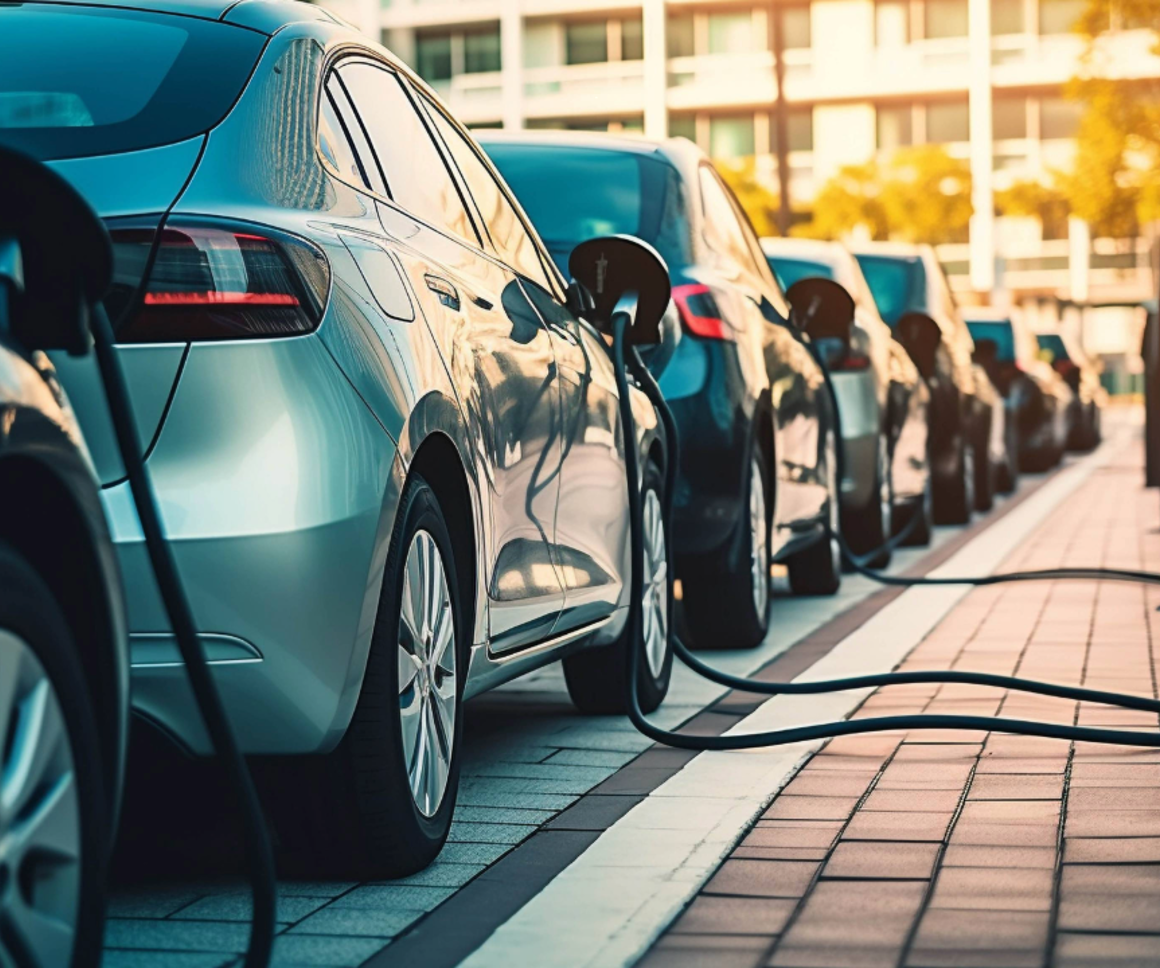What CPOs and investors should know about public EV charging market consolidation
This content is AI generated, click here to find out more about Transpose™.
For terms of use click here.

The EV public charging market is entering a new era: consolidation.
For years, the market has been highly fragmented, with thousands of regional networks across Europe competing for growth. Today, with over one million public charge points in Europe and more than 2,000 networks (most with fewer than 100 charge points) the dynamics are changing. Access to capital is tightening, competition is intensifying and only operators and investors with a clear strategy will succeed.
How did we get here? The three phases of the public EV charging market
The evolution of Europe’s EV charging industry can be divided into three distinct phases. Understanding where the market has been and where it’s heading, is crucial for operators and investors preparing their strategies.
Phase 1: Establishment
The first phase was characterised by rapid growth and a rush to expand:
- Market dynamics: new entrants competed aggressively to secure sites, backed by public subsidies, early-stage venture capital, and growth-focused private equity.
- Investment behaviour: investors prioritised future potential over immediate profitability, fuelling expansion across Europe.
- Outcome: networks grew quickly, but many remained unprofitable, and fragmentation increased with thousands of operators vying for position.
European public EV charge point installed base by year
Phase 2: Consolidation
Today, the market has entered a phase where survival depends on scale, performance, and capital discipline:
- Market dynamics: weaker networks are being absorbed through acquisitions or mergers, while some exit altogether. In several countries, a few operators are starting to dominate, while others face mounting pressure.
- Investment behaviour: investors are more selective, focusing on operators with strong utilisation, reliable assets, and clear growth strategies.
- Outcome: only those networks that can demonstrate operational excellence and a clear path to profitability will secure funding and market share.
European investment in EV charging by deal size
The sharp decline in investment since 2023 highlights that only the most efficient and well-capitalised CPOs will thrive in the consolidation era.
Phase 3: Commercialisation
The next phase will see the market mature into a value-driven, customer-focused industry:
- Market dynamics: competition will shift from expanding networks to optimising them, with reliability, customer experience, and energy system integration at the forefront.
- Investment behaviour: investors will seek predictable, stable returns from operators with proven performance and innovative business models.
- Outcome: the market will consolidate around a smaller number of strong networks, with sustained profitability and long-term growth opportunities.
For CPOs: the path to growth and success
Charge point operators face three main options in this new environment:
1. Grow through performance, not just scale
Winning CPOs will focus on site performance, increasing utilisation, improving reliability and enhancing customer experience. Networks that can demonstrate these strengths and a clear pathway to profitability will attract investors and stand out in a crowded market:
- Osprey Charging (UK CPO): £100m senior debt facilities (July 2025).
- GridServe (UK CPO): £100m new equity investment (July 2025).
- Believ (UK CPO): £300m investment facility (June 2025).
- Ionity (German-based pan-European CPO): €450m committed green loan facilities (May 2025).
For CPOs operating in other segments such as fleet or home charging, developing additional revenue streams, such as flexibility services or vehicle to everything (V2X) capabilities, will also be critical to long-term success.
2. Merge or be acquired
With capital becoming harder to access, many smaller CPOs may consider mergers to strengthen their position, while others may seek acquisition by larger networks. Consolidation will be driven by both strategic partnerships and selective asset deals:
- EVnetNL (Dutch CPO): formed by merger of regional energy networks charging infrastructure; (Evnetnl was acquired by Park&Charge in 2020, and Park&Charge was subsequently acquired by Qwello in 2024).
- MObiVE (French charging network): a consortium of French syndicats d’énergie départementaux (SDE) networks that that joined together to create a regional network in the Acquitaine region. MObiVE is currently operated and managed by Citeos (a subsidiary of Vinci).
- Ladenetz.de (German charging network): a consortium of Germany utilities and municipalities now operating under SMART/LAB.
- Franklin EV (UK CPO): operations acquired by RAW Charging, ahead of parent company Franklin Energy being put into administration (2021).
3. Exit the market
Operators that cannot secure funding or partnerships may see their networks split-up with high-performing assets adopted by other operators and underutilised sites removed altogether:
Withdrawals from markets/segments
- BP Pulse (UK CPO): withdrew from workplace charging market (July 2025).
- Landis + Gyr (Swiss-based pan-European energy management solutions): withdrew from EV charging infrastructure business (February 2025).
- Enel X Way (Italian utility’s eMobility business): withdrew from North American market (October 2024).
- VoltiE Group to provide end-user support for Enel X Way North America charging network (November 2024)
- Engie’s (French utility) EVBox: liquidated EVBox Group, closing operations in NL, DE and US (October 2024) and winding down EVBox’s software arm, Everon.
- Blink Charging announced it will support Everon customers. (July 2025)
Filings for insolvency or bankruptcy
- EVA Global (Finnish EV charging services firm): bankruptcy (October 2024).
- Numbat (German EV digital-out-of-home provider): insolvency (August 2024).
- Tritium (Australian CP OEM): insolvency (April 2024), taken over by Exicom (2024).
- Powerdale (Belgian CPO): bankruptcy (June 2023), Encevo took over Powerdale’s platform Nexxtmove (July 2023).
For investors: risks and opportunities
For investors, consolidation creates a mix of risks and rewards:
- Thorough due diligence is essential to avoid acquiring outdated assets or networks with weak strategic plans.
- Early-stage investors will back management teams with clear, executable strategies.
- Infrastructure investors will prioritise networks with proven utilisation and sustainable returns.
Understanding market forecasts, regulatory shifts, the competitive landscape and the overall strength of the offering will separate successful investments from risky bets.
For both CPOs and investors: the role of flexibility and V2X in creating value
Beyond traditional charging revenues, new technologies are unlocking fresh opportunities.
- Flexibility services allow networks to provide grid support, creating additional income streams.
- V2X (vehicle to everything) technologies will enable chargepoints to interact with the wider energy system, offering new ways to capture value.
For operators, these innovations strengthen their investment case. For investors, they present opportunities to back businesses with future-proof revenue models.
How LCP Delta supports market leaders
LCP Delta has supported a number of deals that have subsequently led to multi-million-pound investment that has fuelled the infrastructure transition towards zero-emissions transport. We exist to enable a smart and faster energy transition.
- We help operators build strategies to improve performance and attract capital.
- We support investors with commercial due diligence, market analysis, and business case validation.
- Our expertise spans structured market analysis and tailored commercial assessment (including charging demand forecasts, flexibility modelling, and emerging revenue streams).






